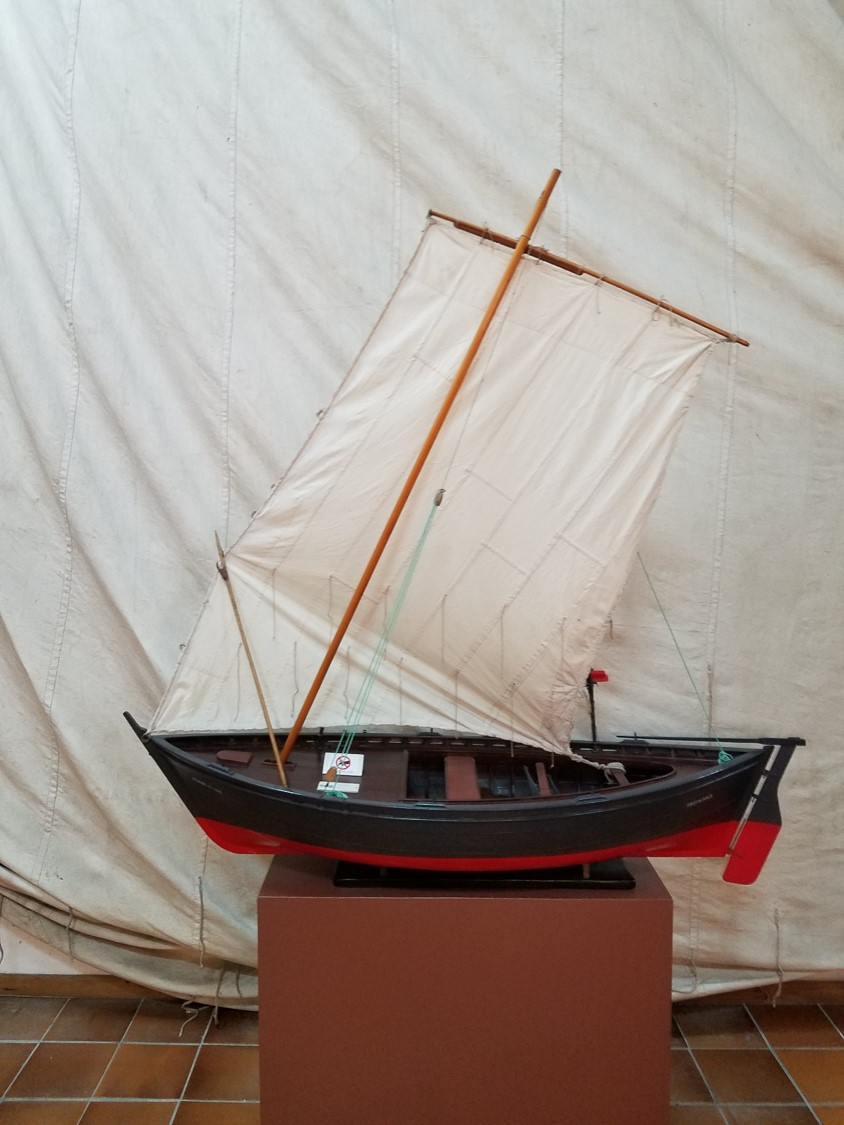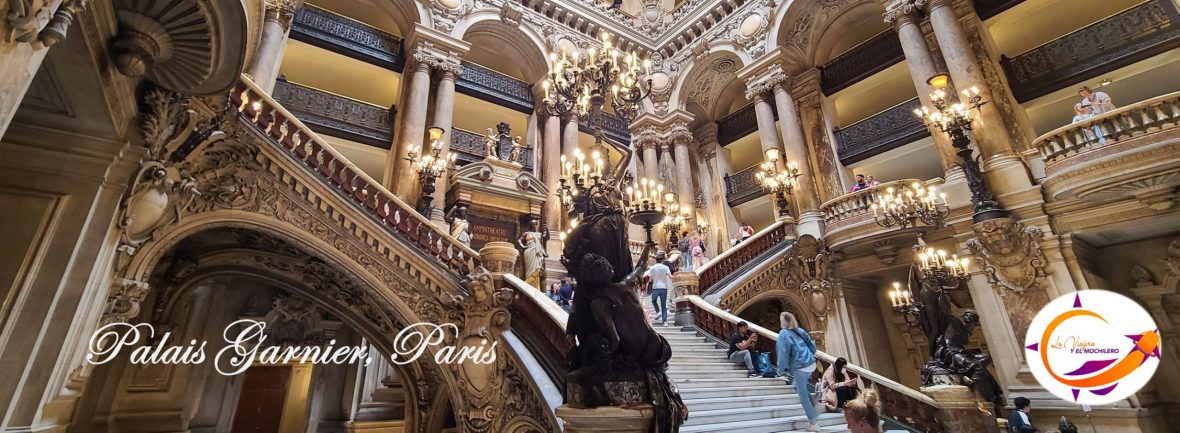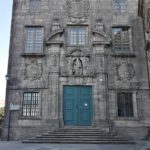 In what is known as the Puerta del Camino, on the outskirts of the city walls of Santiago de Compostela, is the old convent of Santo Domingo de Bonaval, which since 1976 has housed the “Museo do Pobo Galego” or the Galician People’s Museum . At the foot of Mount Almáciga, the pilgrim San Domingos de Guzmán founded this convent in 1219.
In what is known as the Puerta del Camino, on the outskirts of the city walls of Santiago de Compostela, is the old convent of Santo Domingo de Bonaval, which since 1976 has housed the “Museo do Pobo Galego” or the Galician People’s Museum . At the foot of Mount Almáciga, the pilgrim San Domingos de Guzmán founded this convent in 1219.
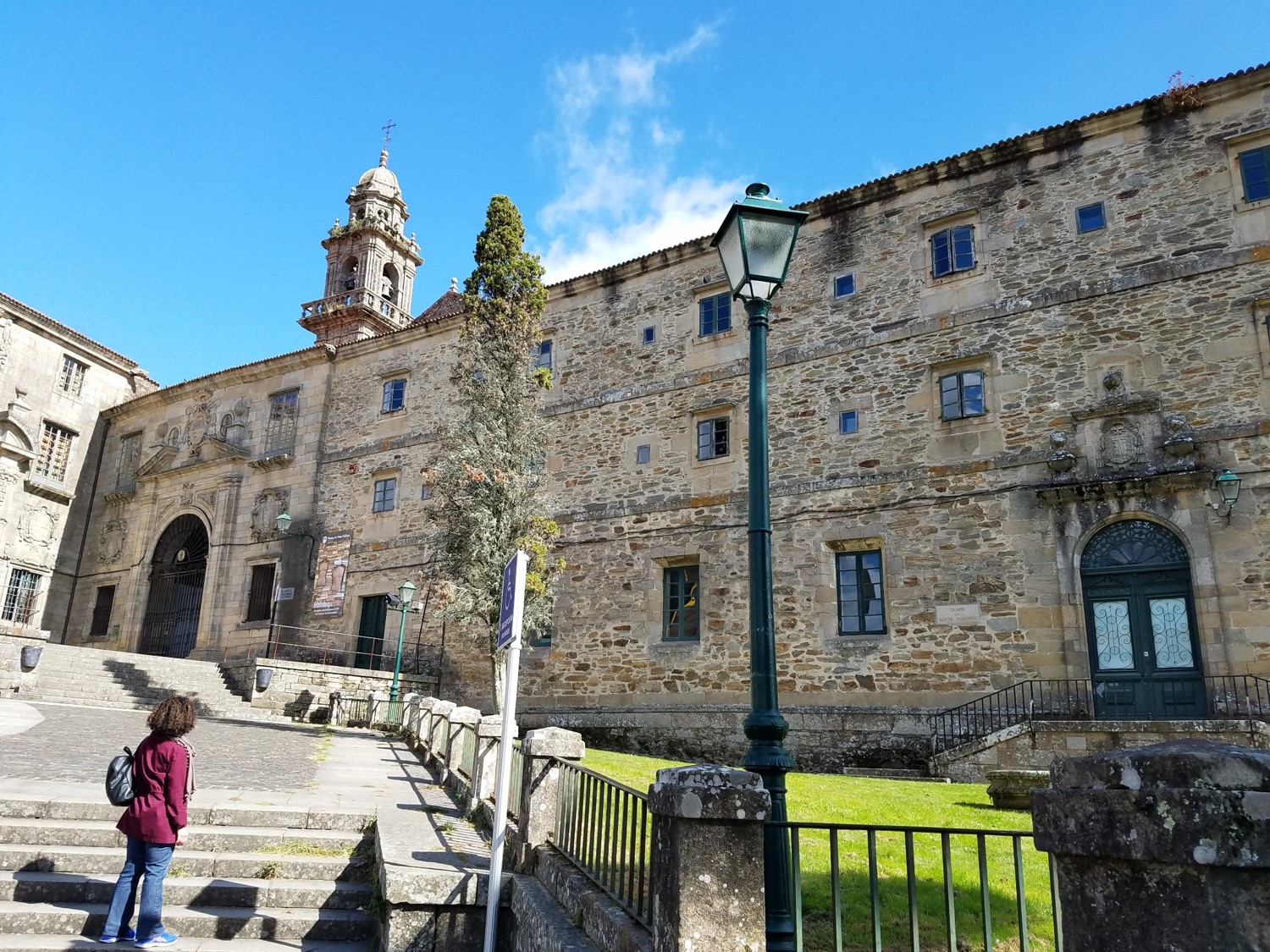 The transformation of the convent into a museum conforms to the desire to safeguard the traditions and customs that represent the essence and identity of the Galician community.
The transformation of the convent into a museum conforms to the desire to safeguard the traditions and customs that represent the essence and identity of the Galician community.

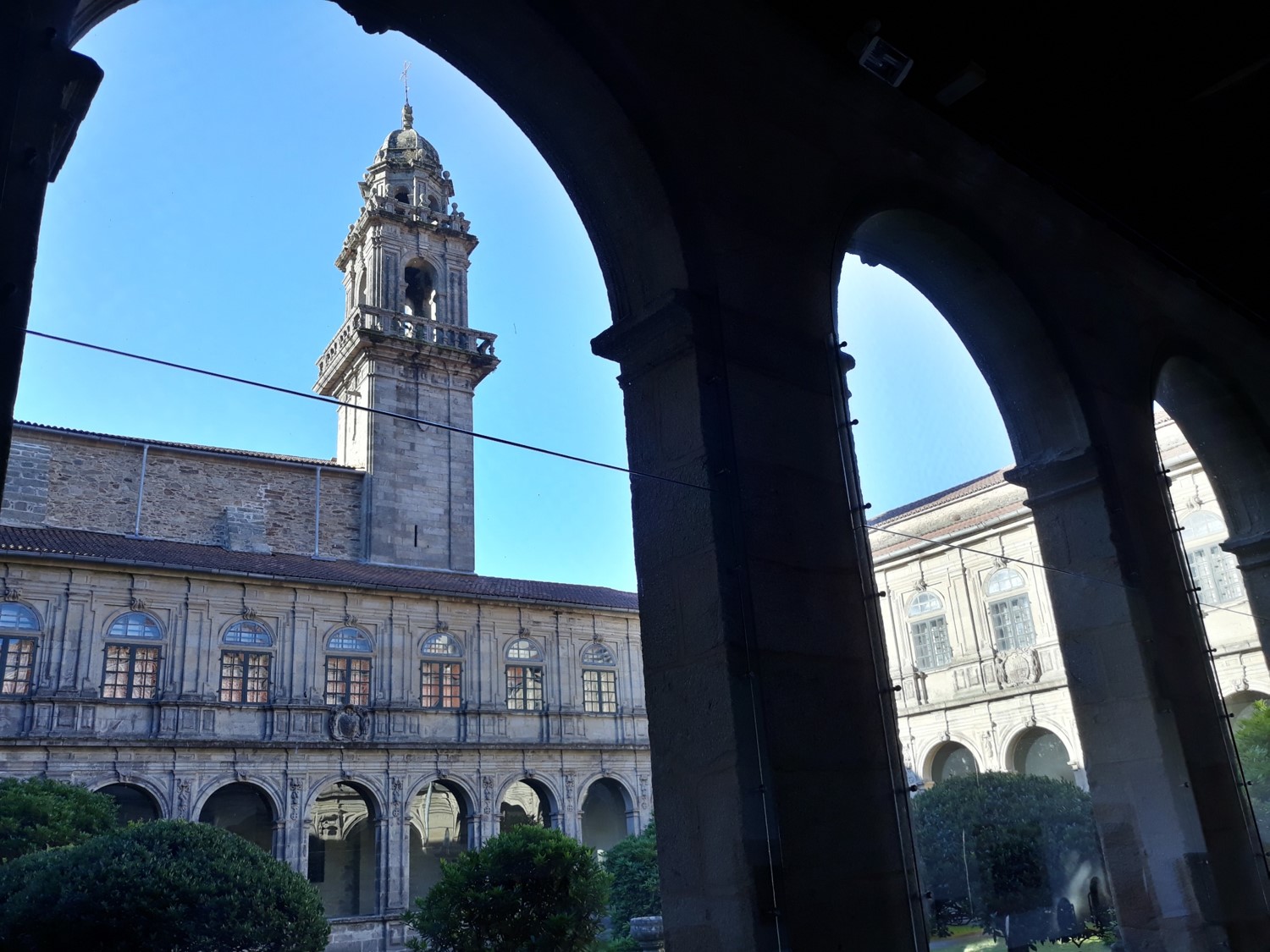 We find the cloister of the convent, which besides being an important structural element for what was once the convent, now contributes to the museum as a welcoming element of contemplation.
We find the cloister of the convent, which besides being an important structural element for what was once the convent, now contributes to the museum as a welcoming element of contemplation.
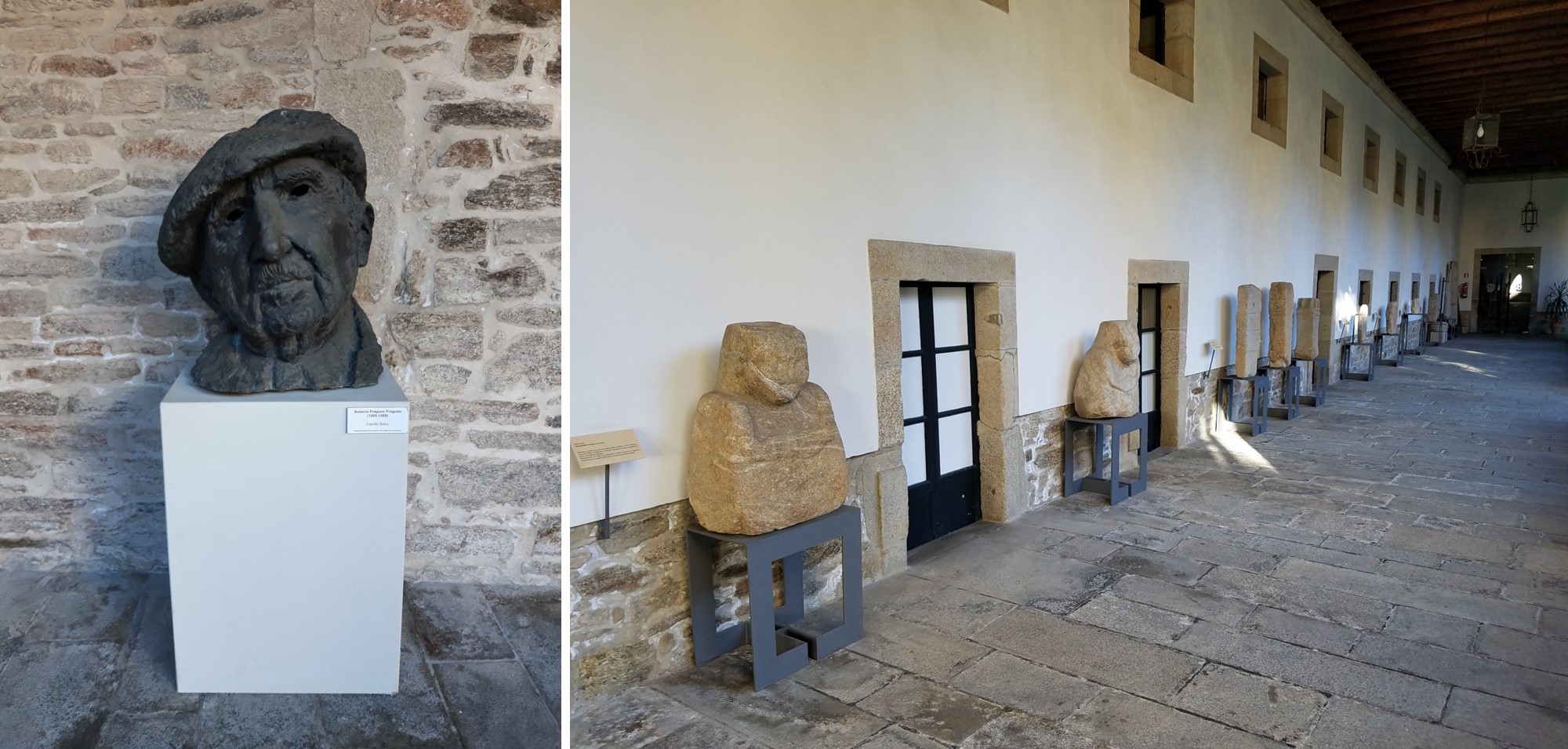
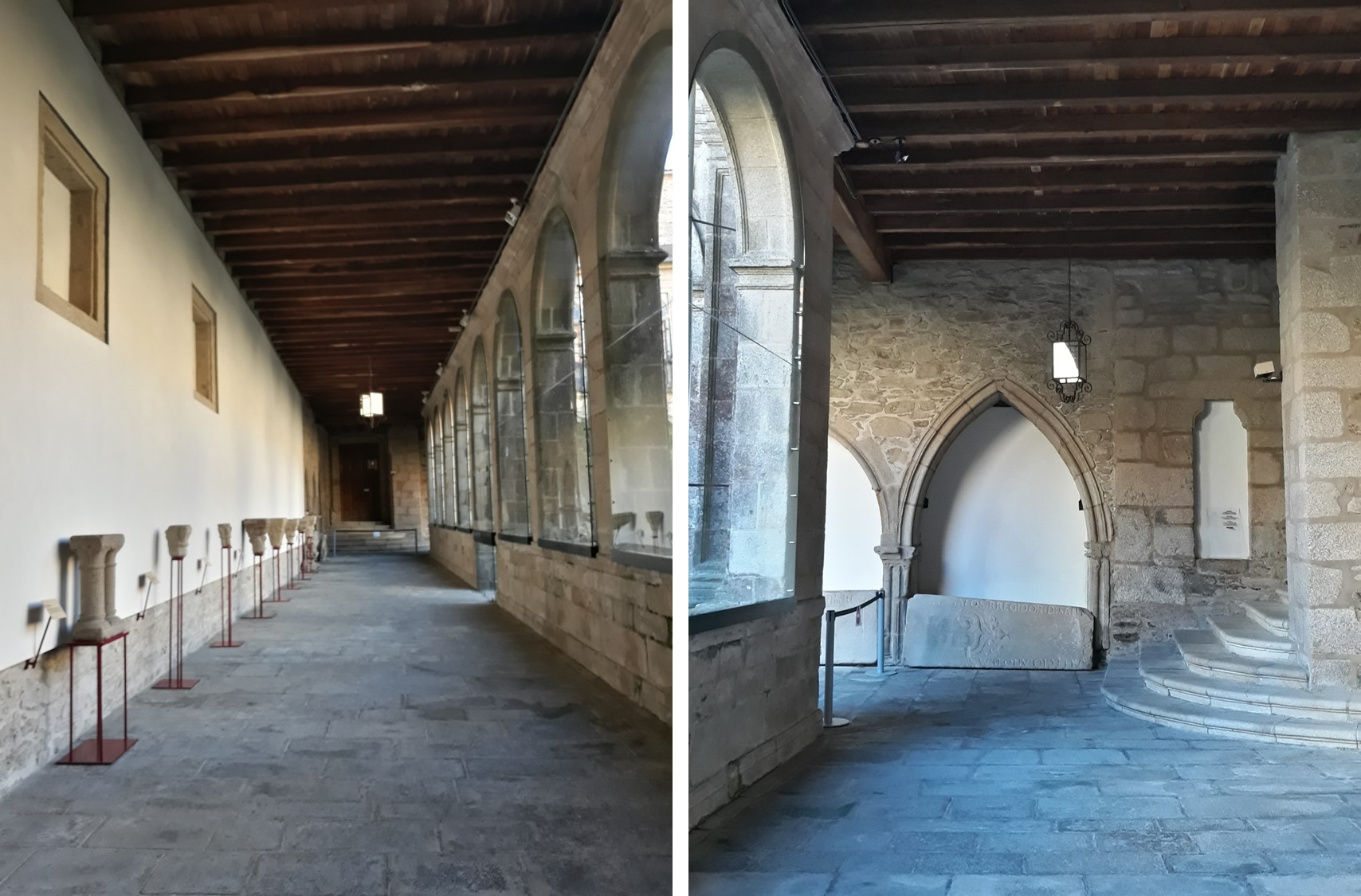 In fact, the corridors that make up the cloister have been converted into exhibition halls. Although anthropological, the museum houses rooms for painting, sculpture and sacred art.
In fact, the corridors that make up the cloister have been converted into exhibition halls. Although anthropological, the museum houses rooms for painting, sculpture and sacred art.
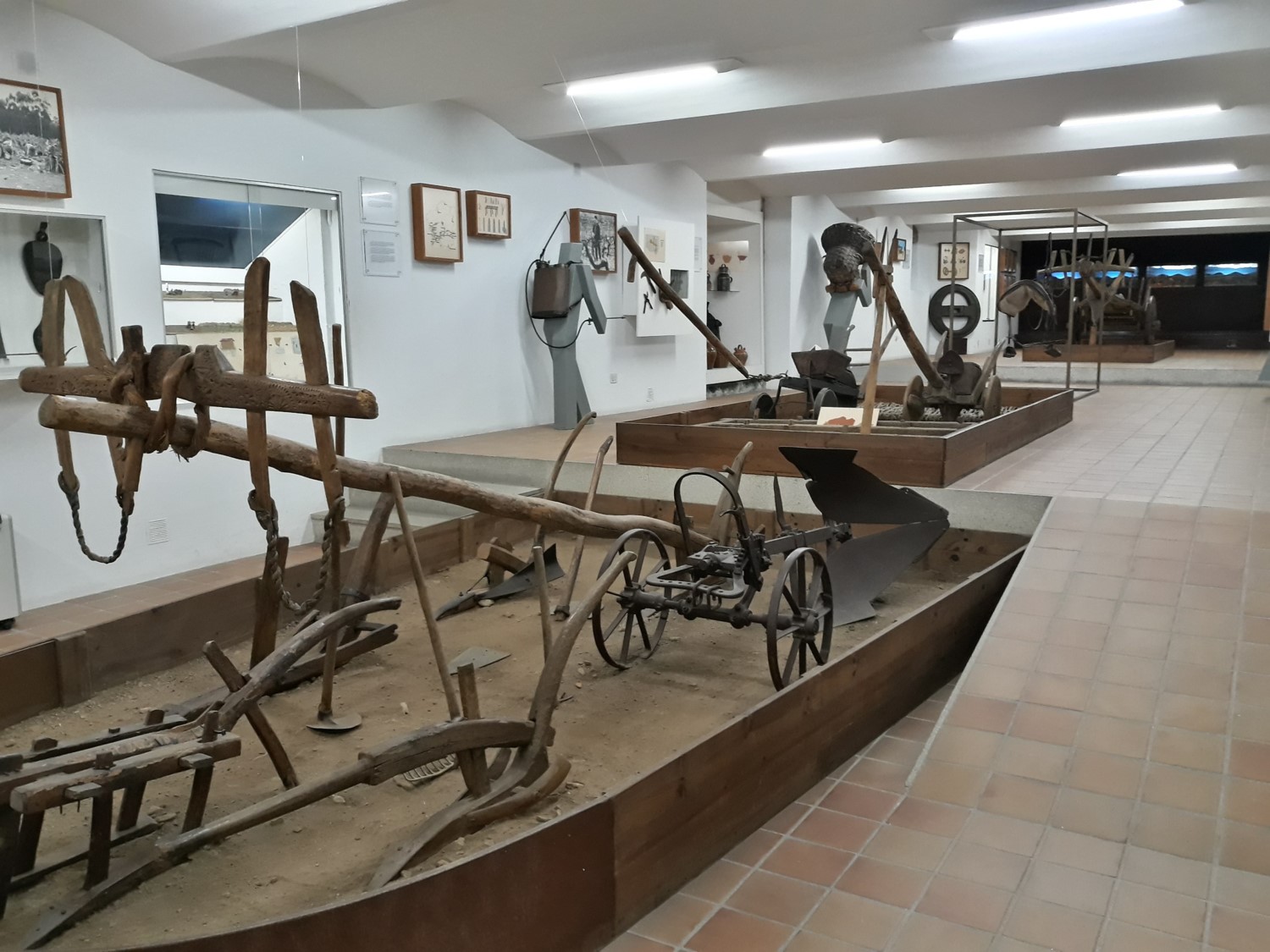
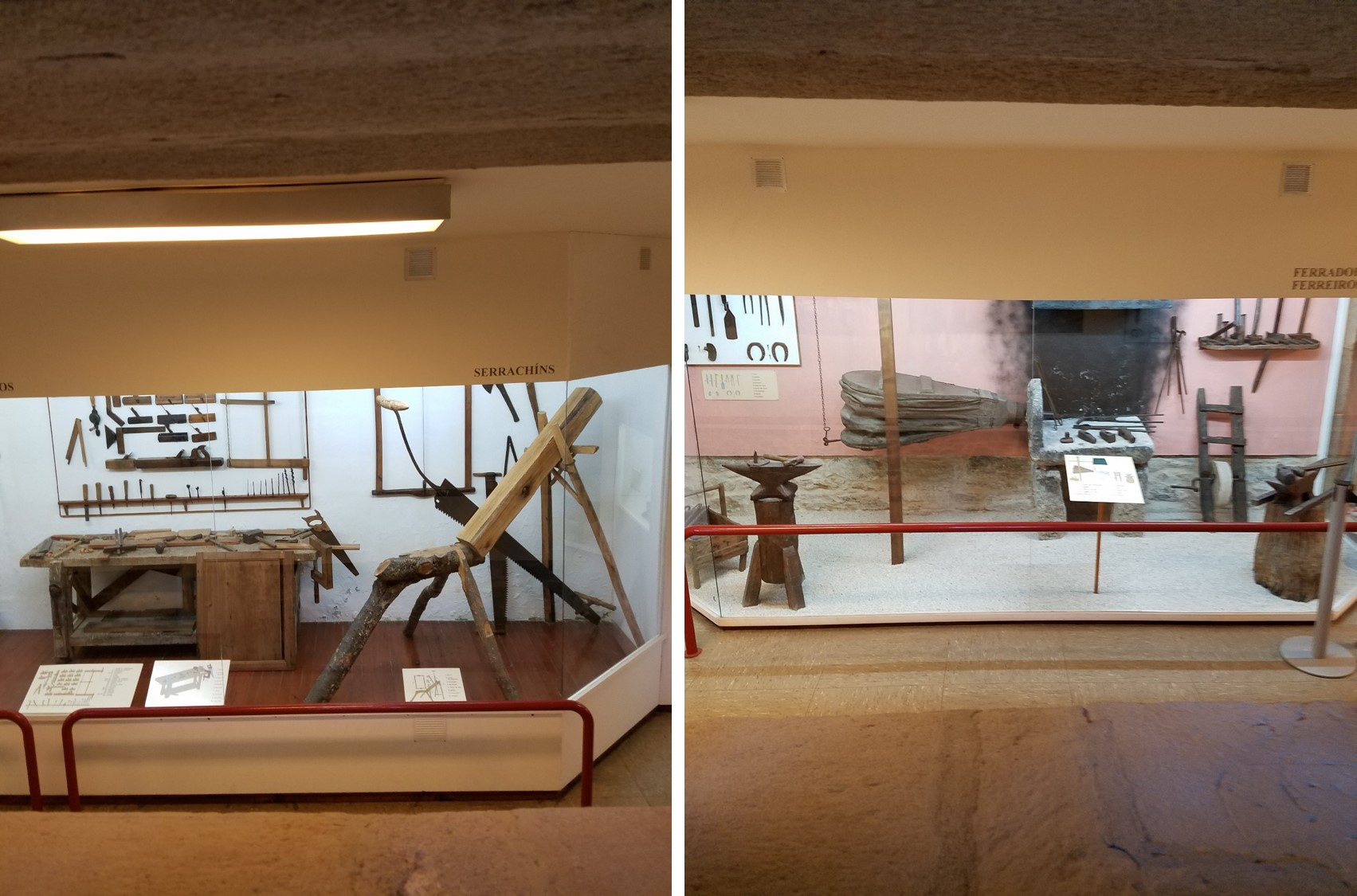 Among the main attractions of the museum is a unique element of the architectural heritage of Compostela, the Stairway to Heaven.
Among the main attractions of the museum is a unique element of the architectural heritage of Compostela, the Stairway to Heaven.
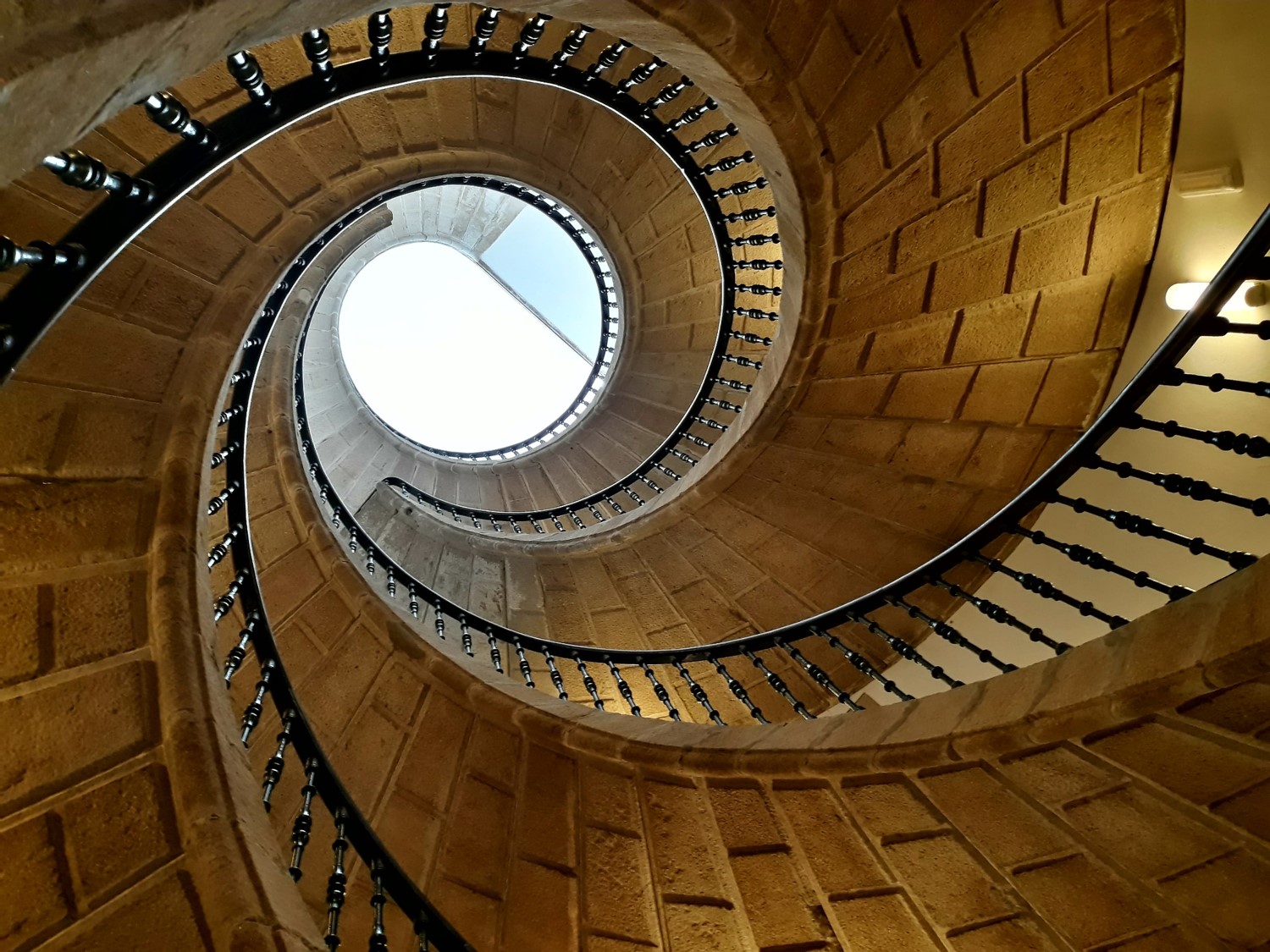
The work of Domingo de Andrade dating to the seventeenth century, is a triple helical or spiral staircase in a baroque style. The three ramps are completely independent and lead to the different floors of the old convent.
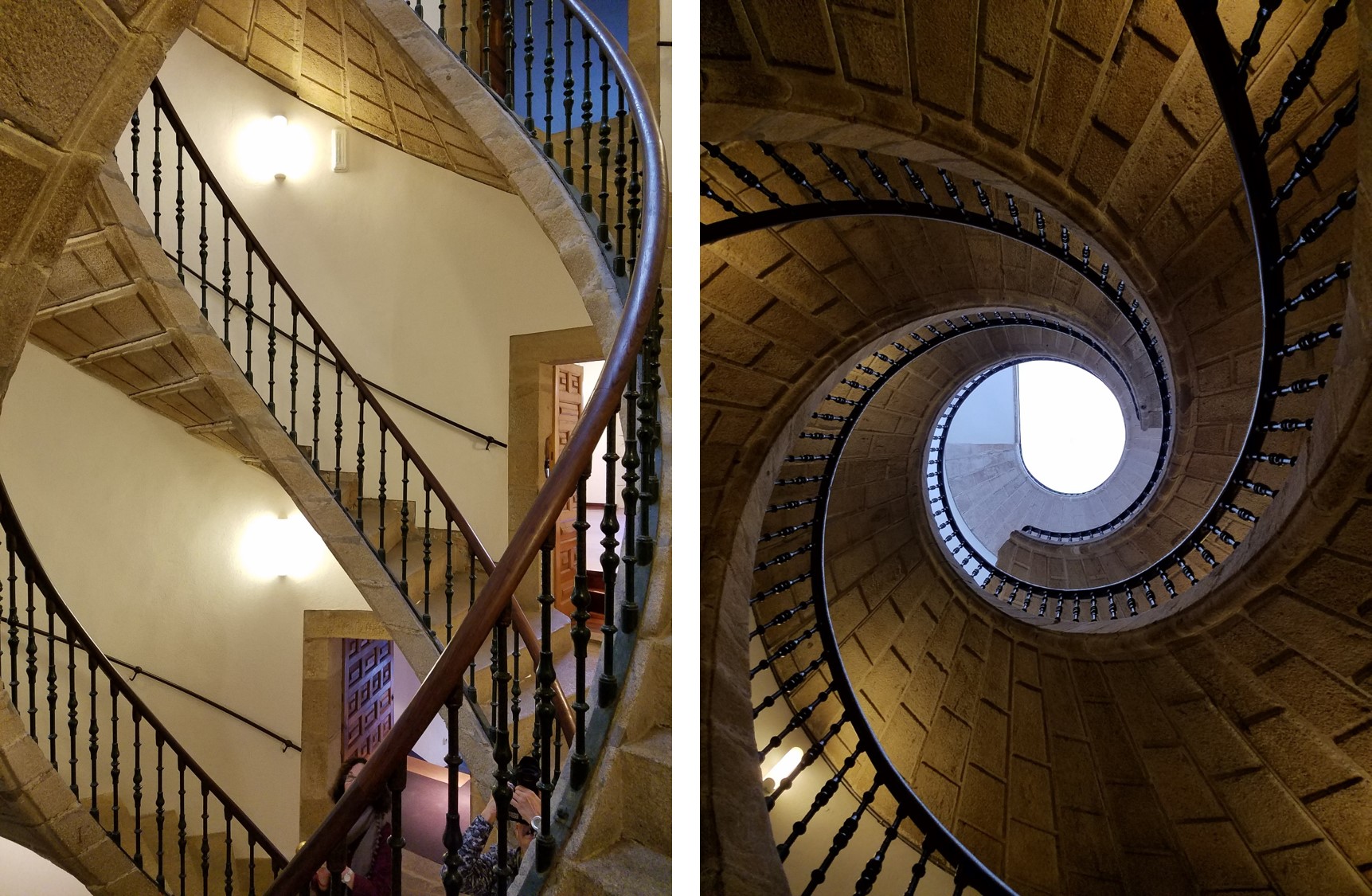 It is considered one of the 15 most spectacular spiral staircases in the world. And we attest to it, it’s spectacular!
It is considered one of the 15 most spectacular spiral staircases in the world. And we attest to it, it’s spectacular!
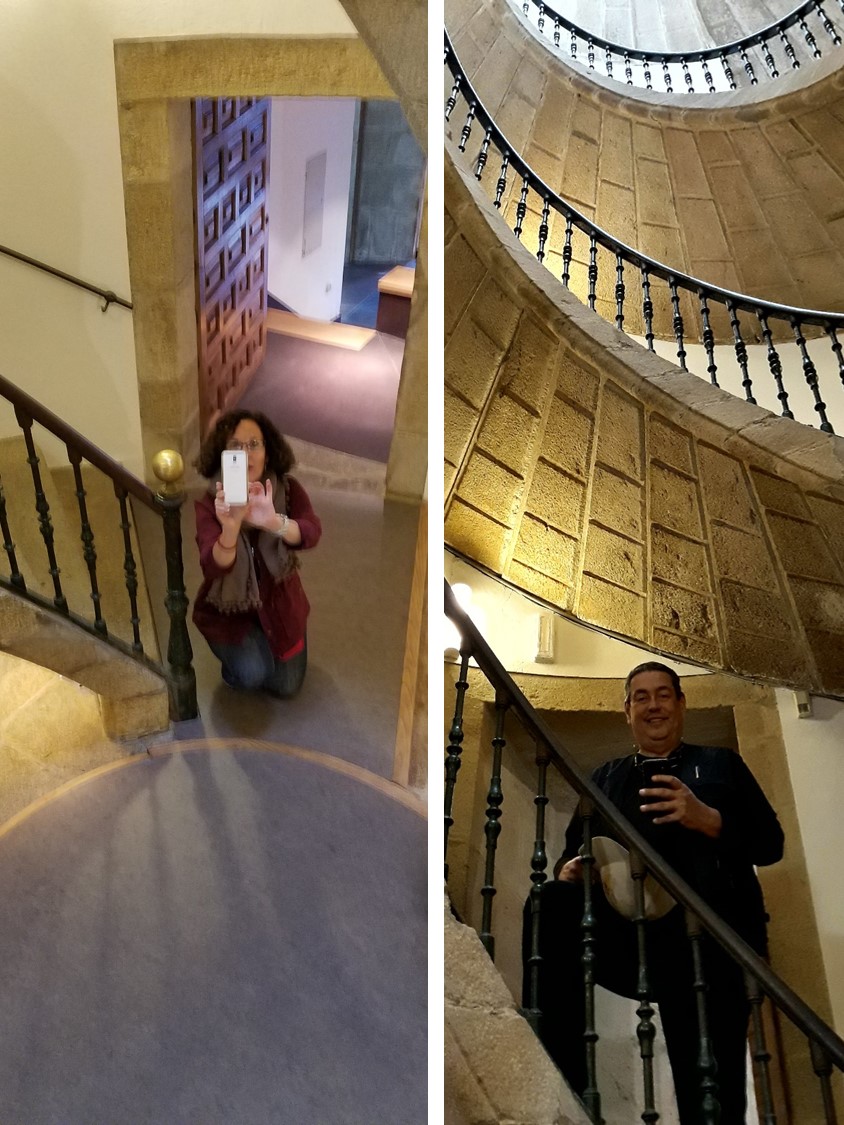 Domingo de Andrade was a Spanish architect who promoted the transition to baroque in Galicia in religious, civil and military works. In addition, he was known for his art of carving and assembling altarpieces. Among his most famous works is the Clock Tower of the Cathedral of Santiago de Compostela, where he was also appointed master teacher in 1676. He is credited with having been instrumental in his capacity as an engineer of urban planning in Compostela.
Domingo de Andrade was a Spanish architect who promoted the transition to baroque in Galicia in religious, civil and military works. In addition, he was known for his art of carving and assembling altarpieces. Among his most famous works is the Clock Tower of the Cathedral of Santiago de Compostela, where he was also appointed master teacher in 1676. He is credited with having been instrumental in his capacity as an engineer of urban planning in Compostela.

